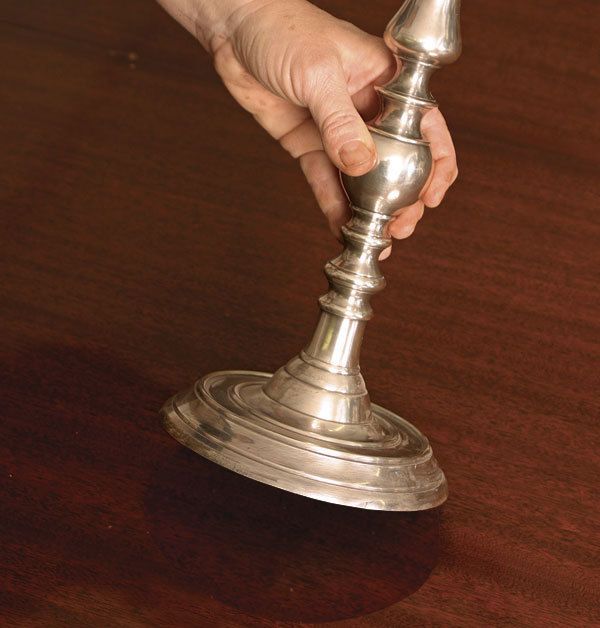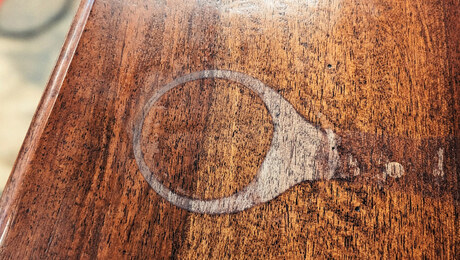The Impact of Light on Dyes and Stains
Preserve intended hues by learning what light does to coloring agents
Synopsis: Whatever dye or pigment stain you use, it will fade or change color with exposure to bright light. The solution is not to swear you’ll never stain wood again (after all, natural colors in wood are affected by light too), but rather to learn which coloring agents to use, how to use them, and what else you can do to preserve the intended color. In this article, Teri Masachi discusses the lightfast properties of pigments and dyes, what happens when they are mixed, and the ultraviolet protection offered by some clear coats.
Whatever dye or pigment stain you use, it will fade or change color with exposure to bright light. The solution is not to swear you’ll never stain wood again (after all, natural colors in wood are affected by light too), but rather to learn which coloring agents to use, how to use them, and what else you can do to preserve the intended color.
The degree of lightfastness varies enormously between different dye stains and pigmented stains. The problem is that many products contain both dyes and pigments, and the dyes fade faster. With time, the effect can be disappointing. With the right technique, you can stop dyeand-stain combinations from fading at different rates, and take advantage of the ultraviolet protection offered by some clear coats.
NGR dyes are more lightfast
When measuring lightfastness, many variables come into play, such as what substrate the dye is on, the concentration of the mix, and of course the type of light exposure. To give a rough indication of the relative lightfastness of different dyes and stains, manufacturers use a scale from 1 to 8, with 8 being the most lightfast.
Dyes come in both powders and liquids, with the former divided by the solvent in which they dissolve: water, alcohol, or oil. As a group, powdered dyes have lower fade resistance; waterbased dyes fall into the 2 to 5 range while alcohol and oil-soluble dyes range from 2 to 3. In general, powdered dyes in darker tones containing a lot of black are more lightfast than the medium to light tones of reds and blues.
The modern metallized dyes are even more lightfast. Better known as nongrain raising (NGR) dyes, they come either in ready-to-use strength (such as Solarlux) or 2-oz. liquid dye concentrates (such as TransTint or WizardTint). This group falls from 4 to 7 on the scale, with the very darkest approaching 8.
The older NGR stains did not have the lightfastness of today’s products, hence the continuing belief that these alcohol based stains are not very light resistant.
From Fine Woodworking #187
Fine Woodworking Recommended Products


Waterlox Original

Diablo ‘SandNet’ Sanding Discs






















Log in or create an account to post a comment.
Sign up Log in